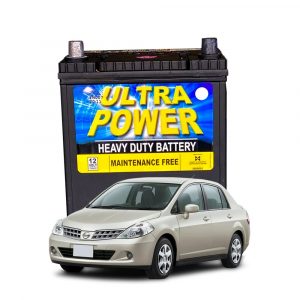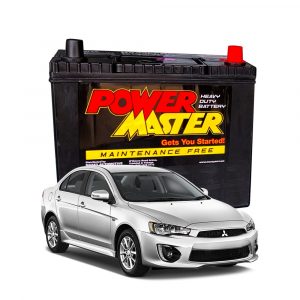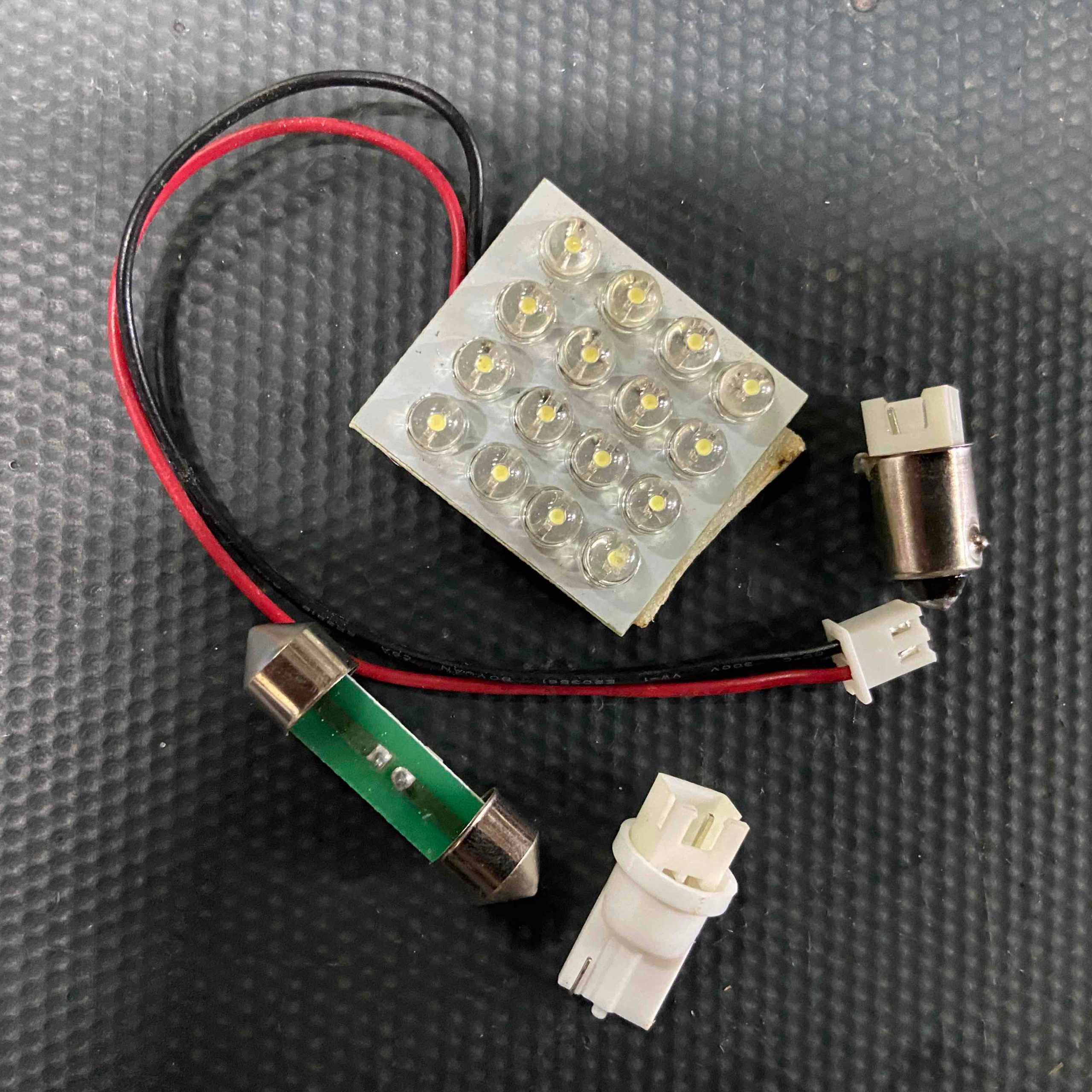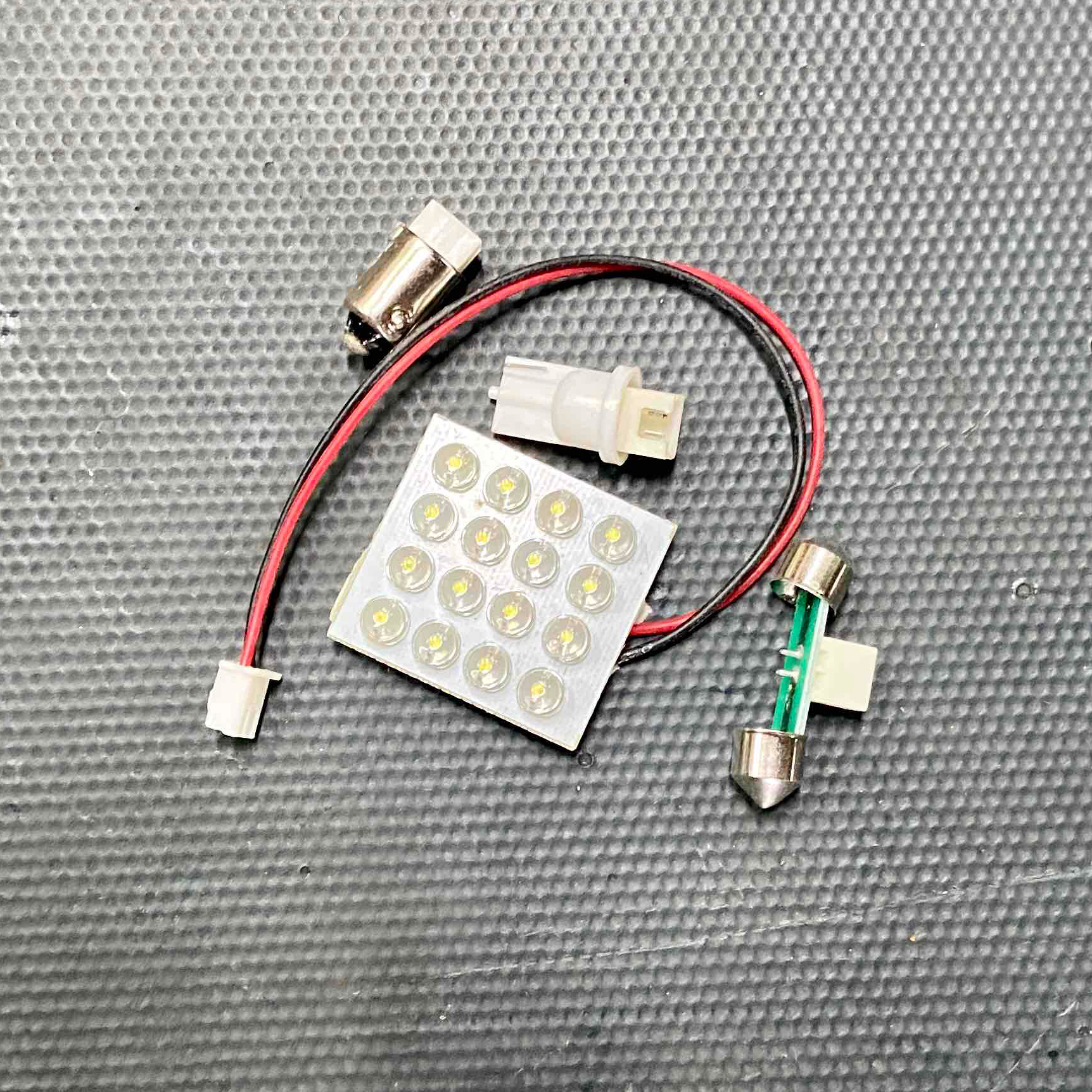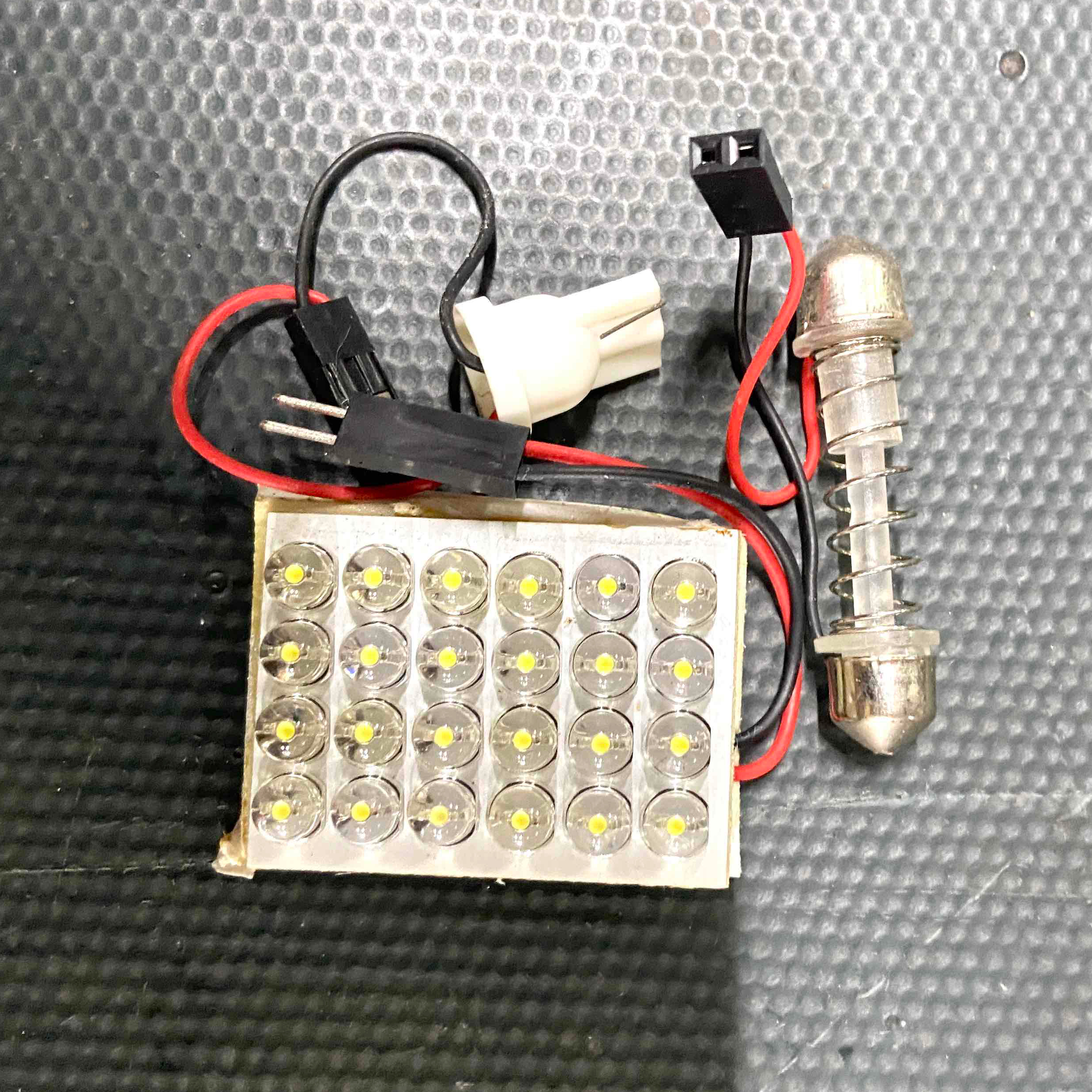Toyota to enter the electric party late
Toyota takes pride in being the pioneer of the hybrid powertrain, introducing the emissions-reducing technology with its first-generation Prius in 1997. But the Japanese carmaker is taking a much different approach when it comes to the next great evolution in the industry, the battery-electric vehicle.
Except an electric C-HR crossover in China launched earlier this year and a Lexus SUV coming in 2021, Toyota has no plans to produce a mass-market battery-electric vehicle, or BEV, until 2025. In contrast, Volkswagen AG has said it intends to produce 1.5 million BEVs by the same year, a goal that will require some €33 billion of investment to achieve, and General Motors Co. has committed to bringing no fewer than 20 electric models to market by 2023.
While its competitors push out a slew of fully electric cars, Toyota has said it will move in tandem with customer demand for the technology, which remains considerably more expensive than gasoline-powered engines. The company is also under less pressure than many of its peers to introduce BEVs in order to meet emissions regulations as the prevalence of hybrid technology across its range has made it one of the greenest carmakers.
But as momentum builds behind BEVs with each passing year and Tesla Inc.’s rapidly improving fortunes unsettle rival automakers, Toyota’s patient strategy brings both potential risks and rewards.
“The jury is still out concerning whether it is vital for traditional automakers to create a large EV market presence as quickly as possible, or whether a more cautious approach will pay out in the end,” said Julie Boote, analyst at Pelham Smithers, in a research note.
Hare and the tortoise
Toyota is by no means standing still when it comes to electrification. “BEVs are growing much faster than original expectations,” said COO Shigeki Terashi in a 2019 presentation. “It is a matter of death or survival. Unless we work on this in a very accelerated manner, we will not be able to ensure our future survival so that is why we are focused so much on BEVs and building this model now.”
The company’s stated aim is for 1 million battery-electric and hydrogen fuel cell car sales by 2030 but executives have said this could be achieved several years earlier. Still, it equates only to about one-tenth of its global car sales in 2019. A simultaneous goal for 4.5 million annual hybrid sales by the end of the decade would make more than half its cars electrified, albeit not fully electric. By comparison, Volkswagen’s 2030 BEV target is 40%.
Behind the scenes, it is working with Kyoto University on an energy-dense fluorine battery with a targeted 1,000-kilometer range, which would not only banish the “range anxiety” that keeps many motorists loyal to gasoline but also reduce fire hazards. It has established a supply contract with China’s Contemporary Amperex Technology Co. Ltd. for packs to power the BEV now on sale there and a joint venture with Panasonic Corp. to equip Toyota cars and those of other manufacturers.
Like Volkswagen’s I.D and Hyundai Motor Co.’s Ioniq sub-brand, Toyota has shown off a line-up of sharp-looking SUV and crossover-style BEV prototypes based on a common platform dubbed the e-TNGA.
“Toyota is betting on seeing a quantum leap in its EV development and EV success from 2025 on, when its solid-state battery will arrive, and be ready for a more aggressive approach by then,” said Boote.
Arriving later to the party might enable Toyota to offer BEVs that are more affordable and, unlike many now on the market, profitable. Battery prices fell to $156 per kilowatt-hour in 2019 from $1,100 in 2010 as scale and demand has grown, according to Bloomberg New Energy Finance, or BNEF. Prices could reach $100 per kilowatt-hour by about 2023, BNEF said, a level that would make a BEV a straight swap from many gasoline cars financially.
That is one reason Toyota’s Terashi has said there may be no need for its EV roll-out to be rushed.
“We will have ready all sorts of vehicles that can satisfy various regulations as those regulations change but the final decision will be up to the customers and whether the customers are ready to buy or not.”
With BNEF forecasting BEVs to account for 10% of global vehicle sales by 2025, Toyota would still have ample opportunity to join and even grow the market by the middle of the decade. But its rivals’ progress in the field while it remains focused on hybrids could leave investors anxious.
“One risk would be consumers in developed markets don’t think of them as a BEV firm but Toyota has plenty of marketing dollars to catch up fast,” said David Whiston, analyst at Morningstar.
“BEVs are still a small part of the market but I wouldn’t mind if they accelerated their plans to more like 2022 to be more in line with GM. By not being first or second they will likely learn from other firm’s efforts and come to market immediately with strong competitive products.”
Horses for courses
Toyota sells about two of every three of its vehicles in developed markets, but it also has a significant presence in many developing regions. With access to power and reliability of supply an issue for millions, hybrid cars are likely to have much more relevance in the coming decades in these countries, leaving Toyota well-positioned.
But Macquarie analyst James Hong raises doubts about the regular hybrid’s longevity in developed economies. If plug-ins, either hybrid or full electric, get cheap enough, their lower running costs could make redundant the plug-less hybrids Toyota has made the core of its offering.
“Contrary to Toyota bulls’ thoughts on HEV [hybrids], we see growing risk in pricing and profitability of HEV. Even in terms of vehicle performance, HEV loses its merit,” Hong said. Morningstar’s Whiston said he was optimistic that in such a scenario Toyota would be able to increase plug-in hybrid output with relative ease to follow the market.
Toyota will grow increasingly conspicuous by its near-complete absence from battery-electric vehicles for several more years, and it may only find out with the benefit of hindsight the merits of its delay tactic. Rapid shifts in technological, economic, geographic and societal factors make it harder to predict the industry’s speed and direction of travel.


